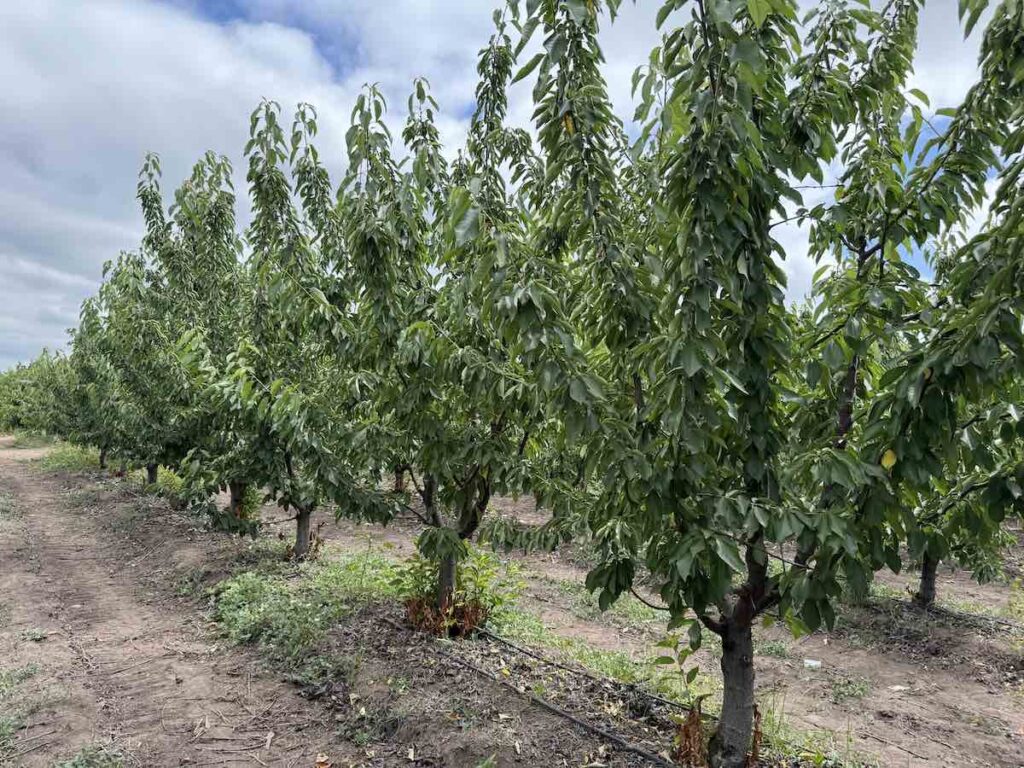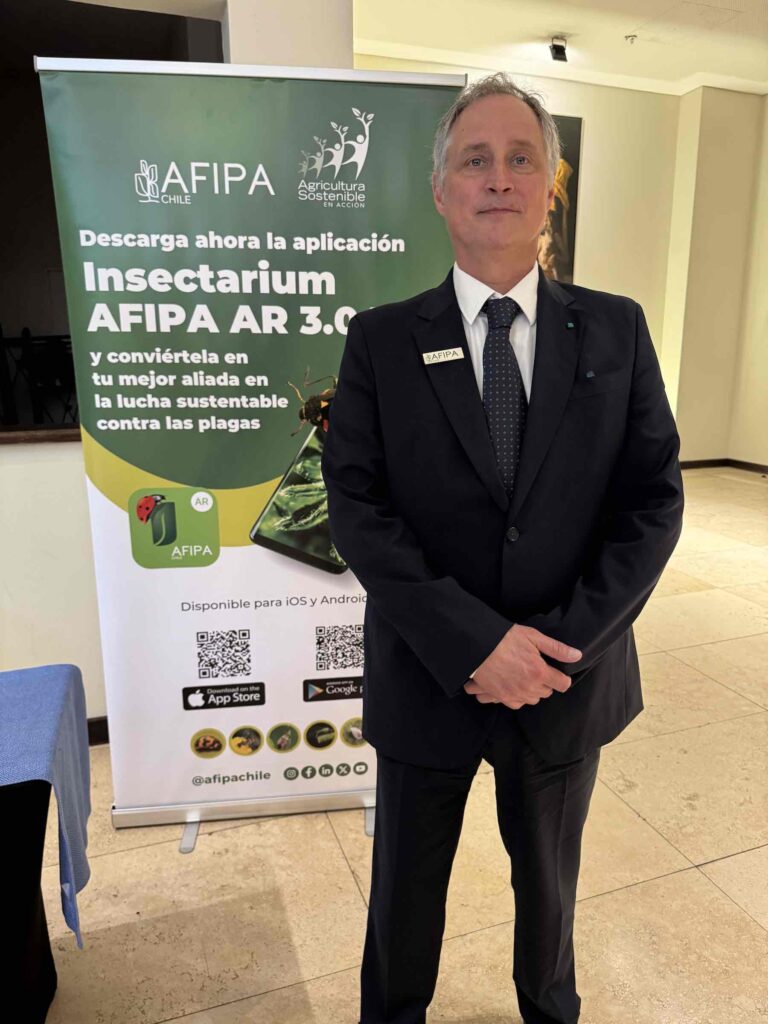To ensure high productivity in a cherry orchard, it is important not only to find a suitable climate zone and soil, but also to implement a phytosanitary program that ensures the health of the plants from the beginning. That is, before planting. The same precaution must be taken when replanting.
According to Rodrigo Mesina, technical advisor at Tavan Chile, the first step is to ensure that you have certified nursery plants and to clean and balance the soil.
“There will always be resistance structures in some microorganisms, which can remain for years waiting for optimal conditions to proliferate. This occurs more frequently in the case of replants,” explains Mesina.
Nowadays, there are conventional methods to carry out this process, however, the technical advisor adds, "they do not achieve absolute effectiveness because many pathogenic microorganisms possess and generate resistance structures (spores, conidia and others)."
He also explains that these microorganisms have a low or almost non-existent metabolism, so they are not affected by these products or conventional handling. In this way, they remain waiting in the soil, waiting for a plantation or replanting to begin their colonization.
-What does Tavan Chile recommend to prevent this from happening?
-“To disinfect the soil, we recommend applying WERT. This product applied to the soil in high doses has the ability to act on these resistance structures, pathogenic microorganisms, because its specific action favors the soil microbiota.”
-And what advantages does it have compared to other conventional treatments?
-“In addition to being a 100% organic and zero-waste product, it has a long-lasting effect. This persistence over time allows for a new plantation or replanting, guaranteeing health throughout the entire period of crop implantation.”
-How is WERT applied during planting or replanting?
-“For this specific management, 20 liters of WERT/ha are used, which is applied via irrigation. Afterwards, the soil must be allowed to rest, once the product has been applied, for at least 10 days. Subsequently, spring applications prior to flushing the roots are recommended, of 5 liters of WERT/ha, also via irrigation, as a method of maintaining the health of the orchard.”
-If proper management is not carried out during planting or replanting, what can happen?
-“Depending on the soil, the previous crop and the pathogenic load of the soil, the lack of management or application of products aimed at reducing the pre-existing pathogenic load can cause serious problems for the new plantation, to the point of preventing its normal development or killing weaker plants. This will become a recurring situation if soil management and adequate disinfection have not been carried out.”








